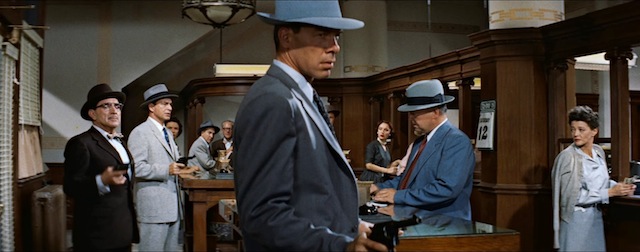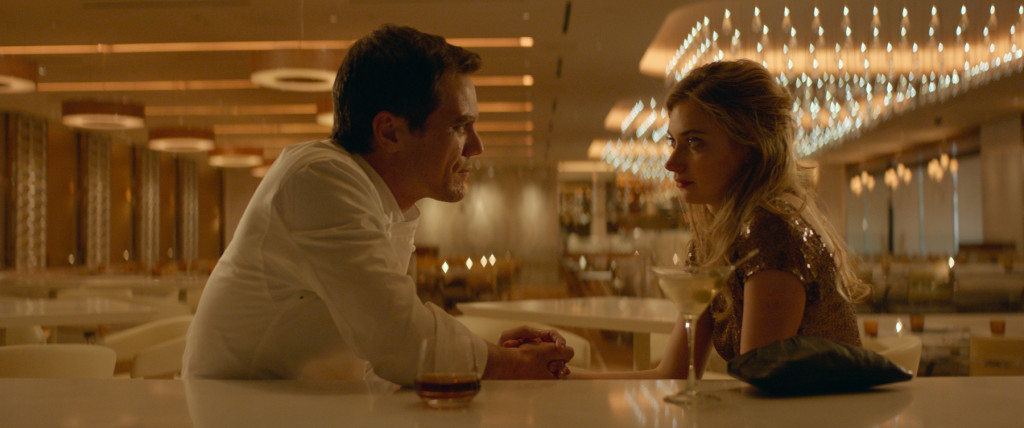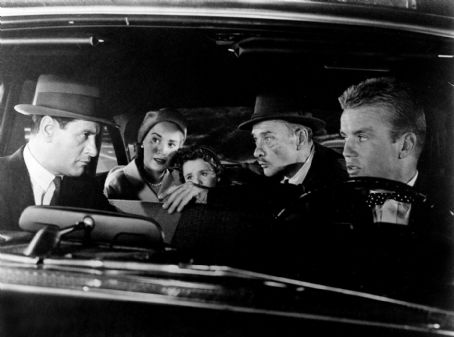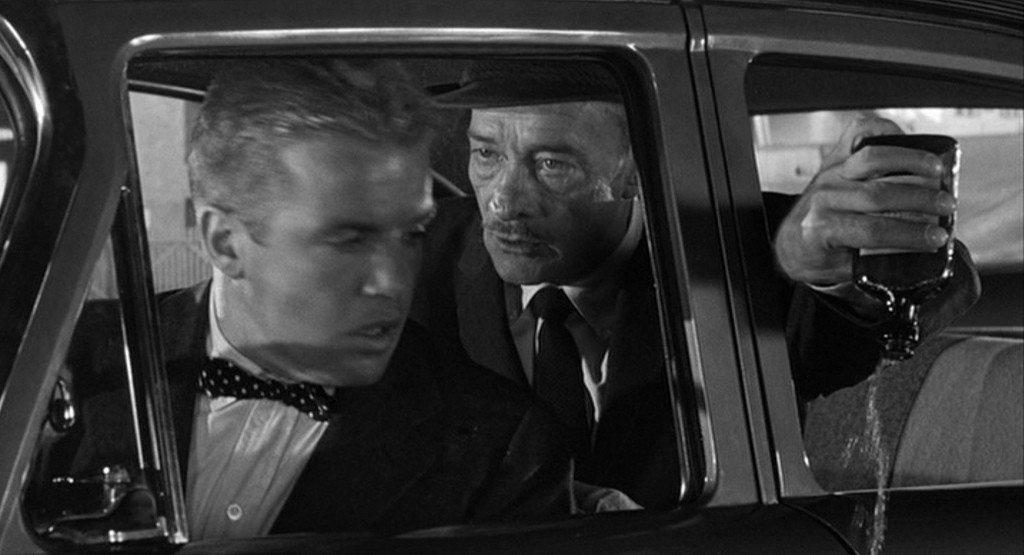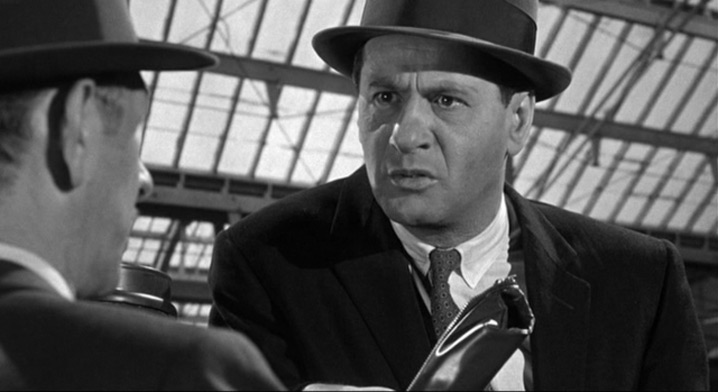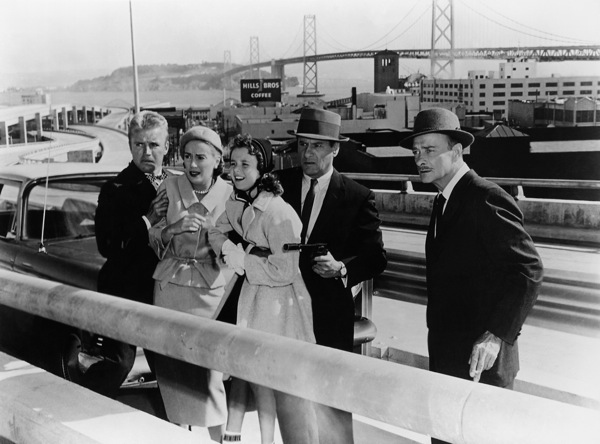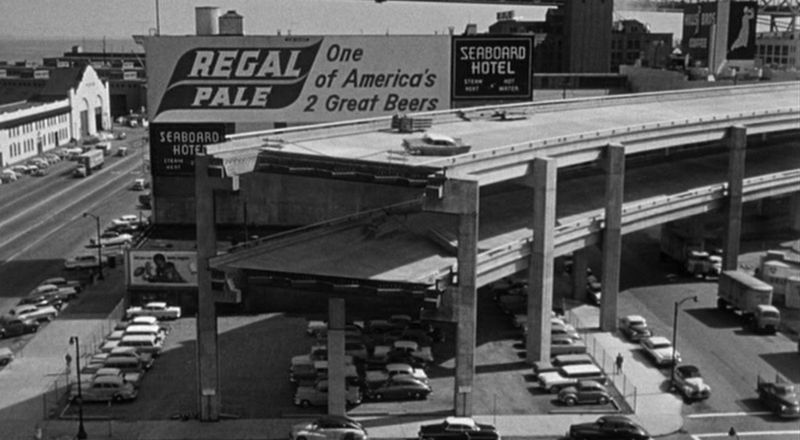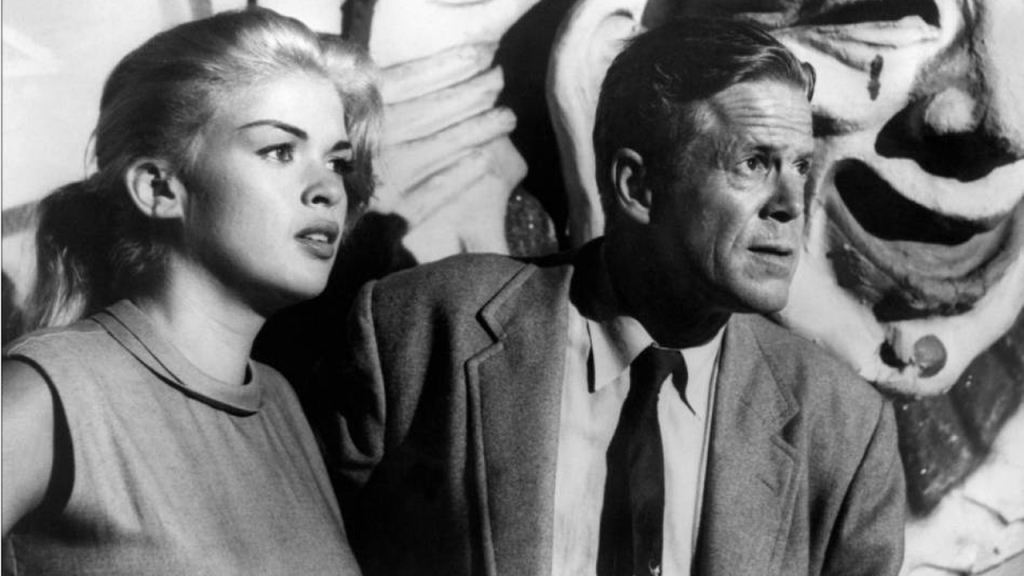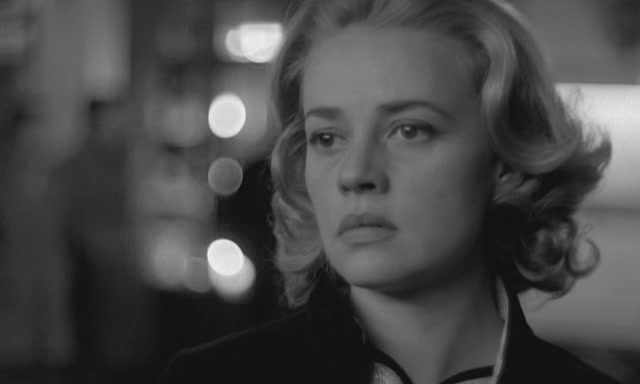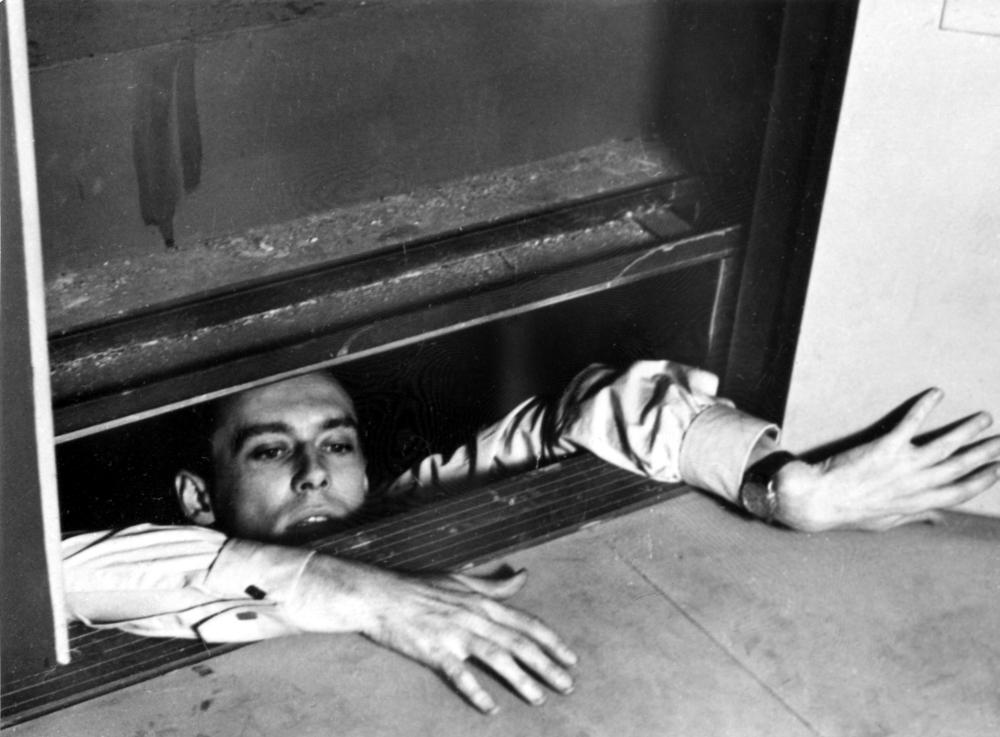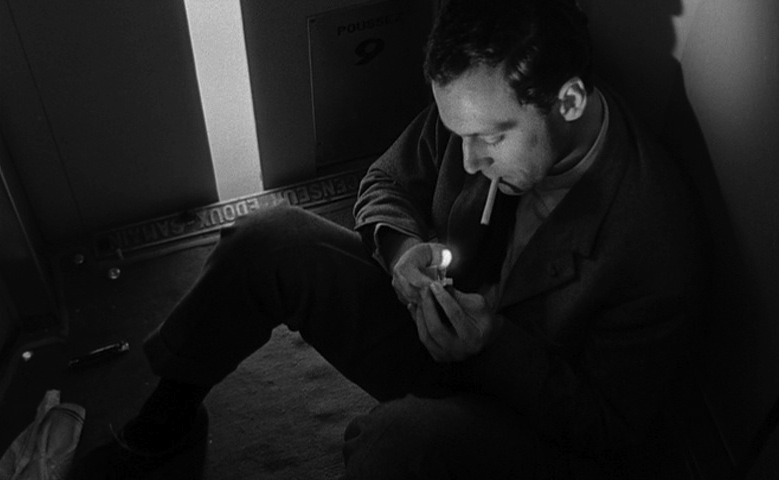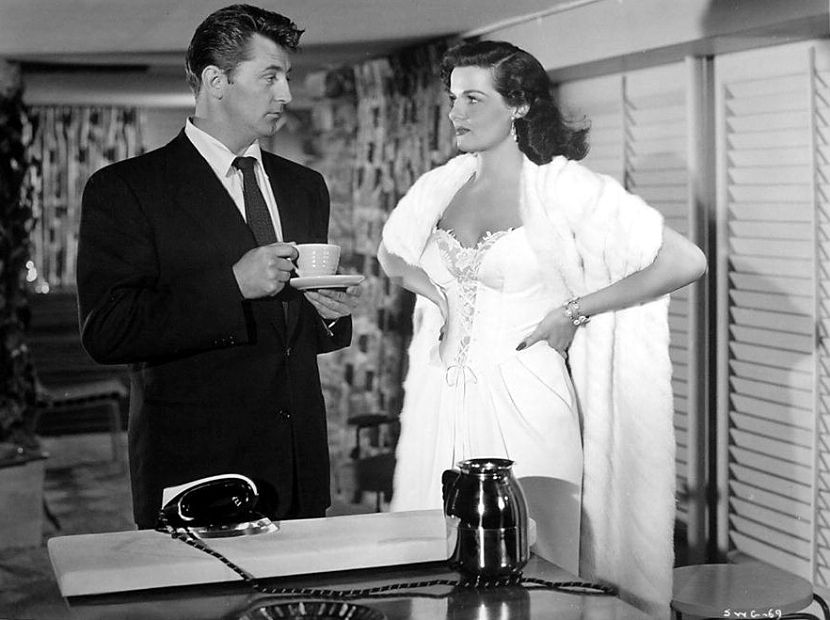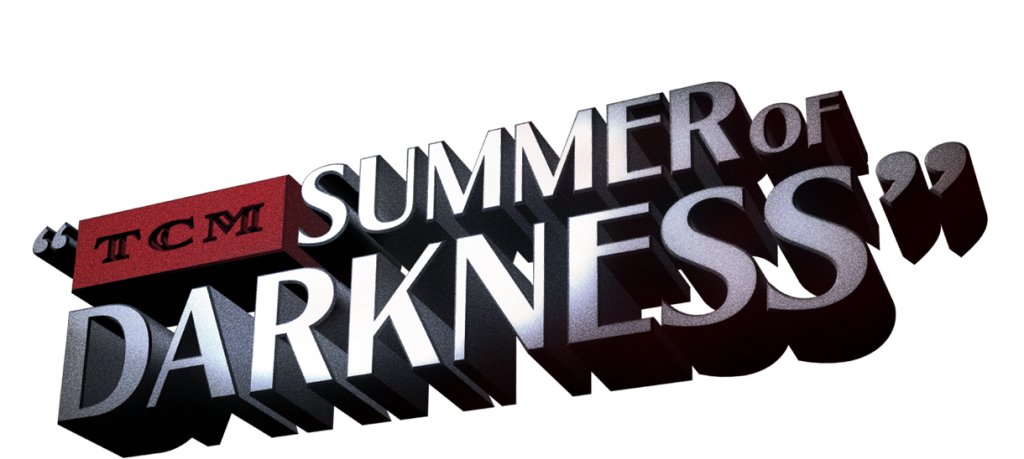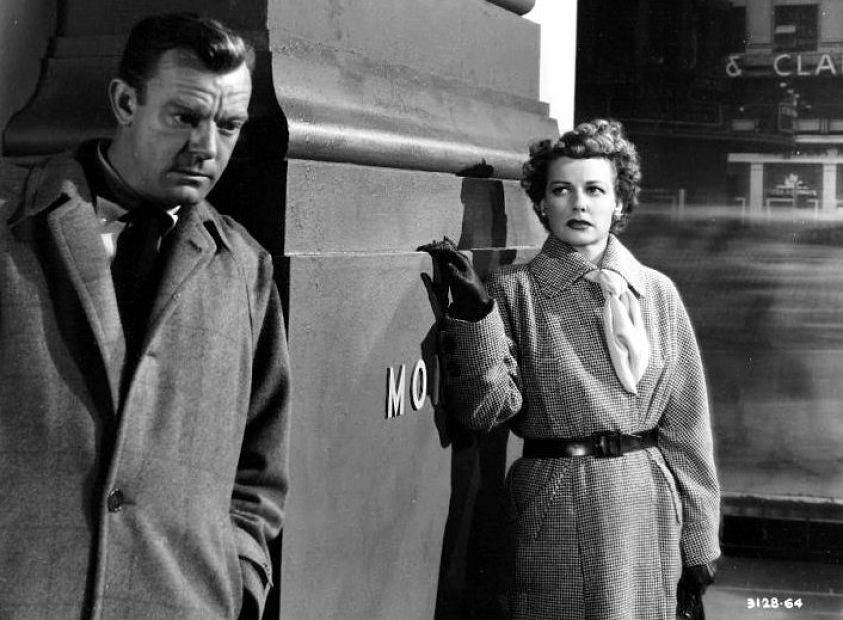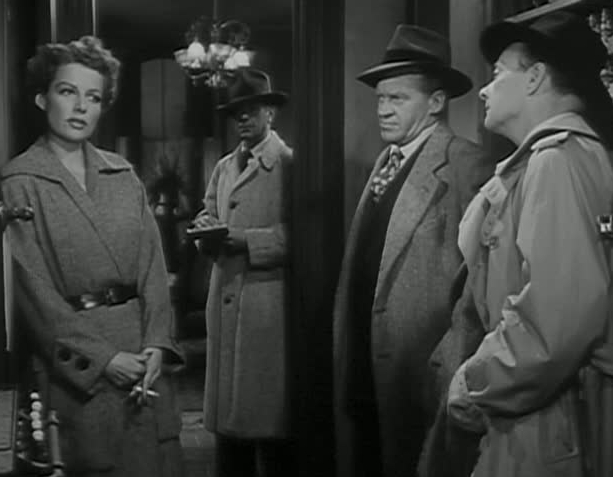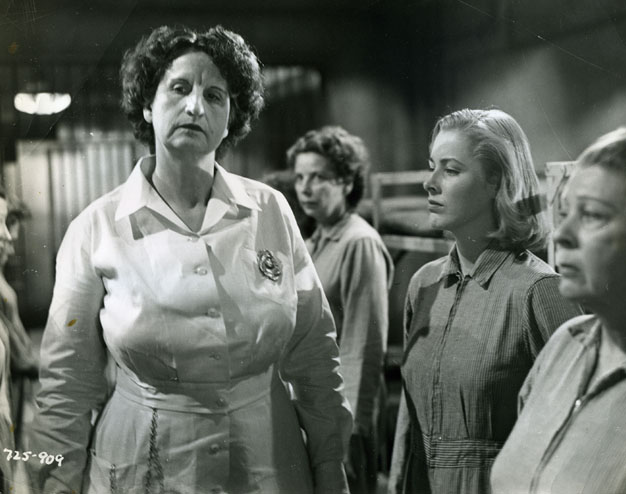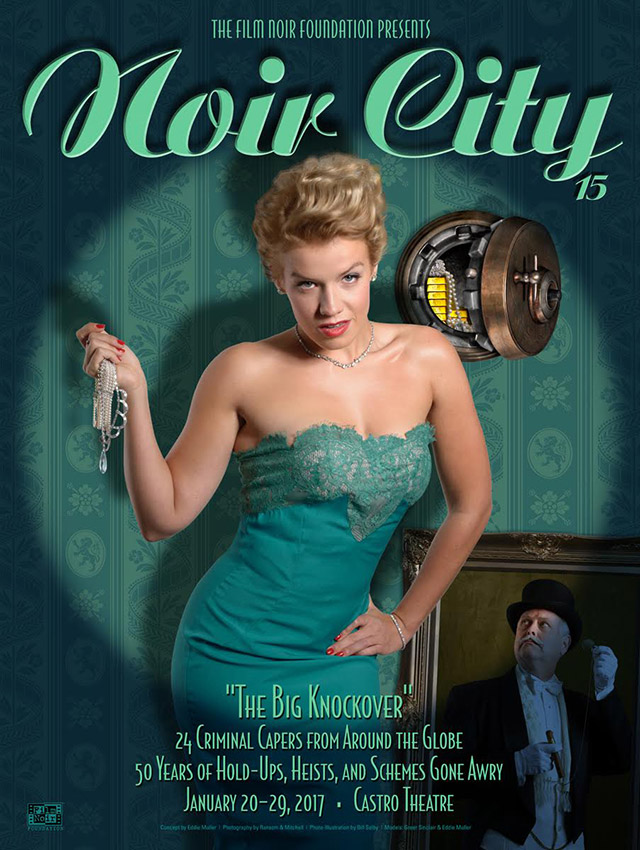
I always look forward to the Noir City film fest, which gets underway in San Francisco this week. Noir City is the annual festival of the Film Noir Foundation, spearheaded by its founder and president Eddie Muller. The Foundation preserves movies from the traditional noir period that would otherwise be lost. Noir City often plays newly restored films and movies not available on DVD. And we get to watch them in a vintage movie palace (San Francisco’s Castro Theatre) with a thousand other film fans.
The theme of this year’s festival is the Heist Movie, Noir City is presenting a wonderful array of heist movies from the classic American film noir period, foreign noirs and an especially healthy selection of neo-noirs. Being noir, you might not expect many of these heists to end well. And some are from noir’s Perfect Crime sub-genre – they’re going to get away with the elaborately planned big heist EXCEPT FOR ONE THING.
Noir City runs January 20-29. To see the this year’s Noir City program and buy tickets, go here.
On Noir City’s first weekend:
- The Asphalt Jungle: As long as things go according to plan… John Huston directed a marvelous cast (Sterling Hayden, James Whitmore, Sam Jaffe, Jean Hagen, John McIntire). And even Louis Calhern knows that Marilyn Monroe isn’t going to stick around as his moll.
- Violent Saturday: a completely overlooked film from one of my favorite directors that I hadn’t seen until Eddie Muller programmed it for this festival. Filmed in the bright Arizona desert with CinemaScope and De Luxe color, the story is plenty noir.
- Four Ways Out: Saturday night, Noir City goes goes Italian with the last script written by screenwriter Federico Fellini before he started directing. Four guys pull a heist, and it goes bad four different ways.
- Big Deal on Madonna Street, the funniest film in the festival, with an Italian gang that couldn’t shoot straight. Watch for a 34-year-old pre-Fellini Marcello Mastroianni.
- Rififi: This French classic is the top heist film ever and pioneering in its use of real time. After the team is assembled and the job is plotted, the actual crime unfolds in real-time – over thirty minutes of nerve wracking silence.
- The Big Risk: It’s a highlight because it’s a French noir starring the bloodhound-visaged Lino Ventura that I have NOT seen, so I’ll be going to Noir City myself on Sunday.
And midweek, at Noir City:
- The rarely-seen Once a Thief (Alain Delon, trying to keep Ann-Margret while being hunted by Van Heflin) and The Sicilian Clan (with the neo-noir trifecta of Delon, Ventura and Jean Gabin), both on Wednesday evening, January 25.
I’ll be writing about Noir City’s tremendous final weekend. Stay tuned.
